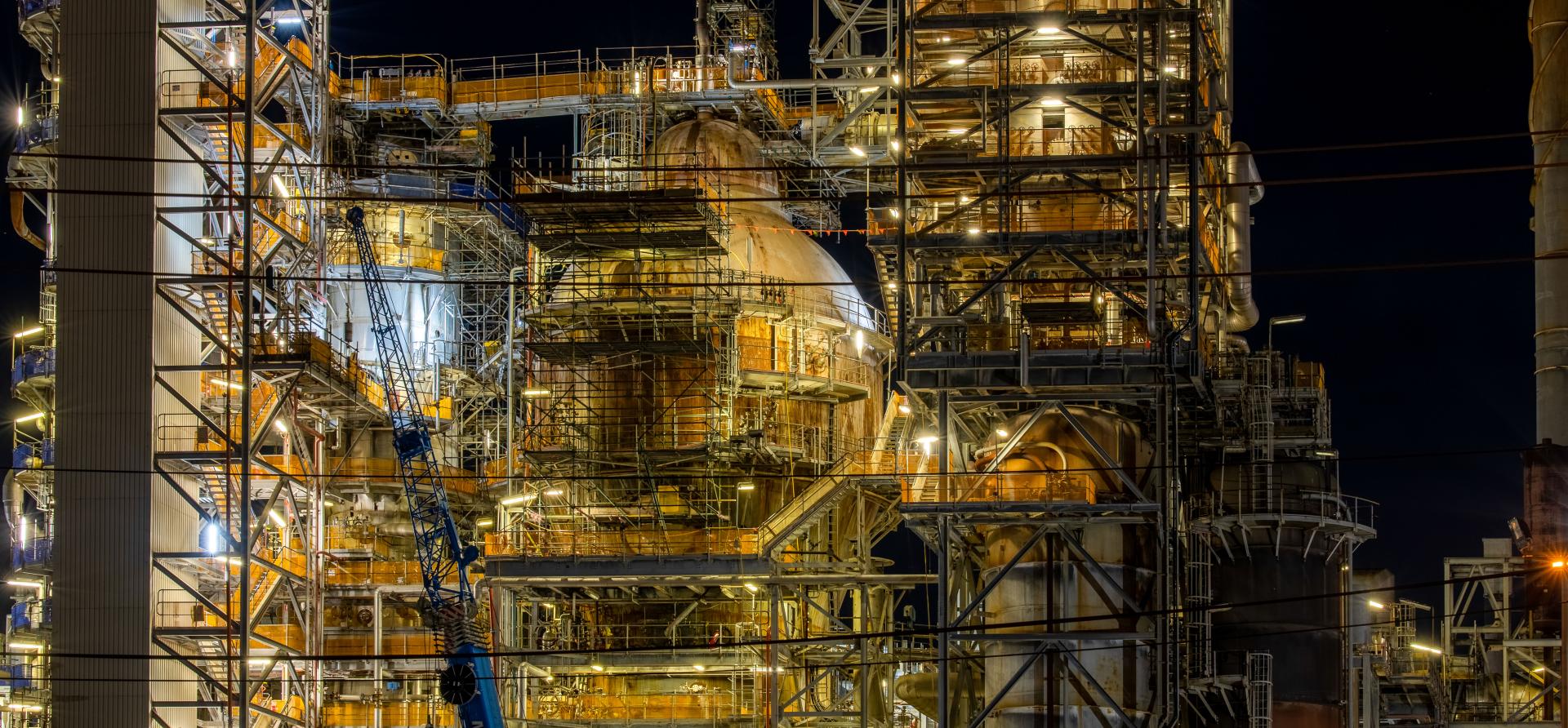A changing demand environment makes the Viva Energy import terminal unnecessary
Download Full Report

Key Findings
Viva Energy’s proposed Geelong import terminal will not lower prices for Australian consumers.
The approval of more gas infrastructure is entirely inconsistent with the Federal and Victorian State government commitments to Net Zero by 2050.
The Victorian government has forged ahead with policies to reduce gas demand.
Executive Summary
The global environment for natural gas and LNG has changed significantly since Viva Energy published its Gas Terminal Project EES for its Geelong LNG import facility:
- There has been a war in Ukraine that has destabilised the global LNG market forcing up the price of LNG. The structural shift in the global LNG market that the Ukraine war has precipitated will last for the next 3-4 years.
- AEMO has published its Gas Statement of Opportunities that shows that gas demand in Victoria is materially shrinking in a rapid fashion.
- The Victorian government has forged ahead with policies to reduce gas demand.
- ExxonMobil has announced it has granted final investment decision to the Kipper gas field in the Bass Strait, a project that materially changes the demand and supply dynamics for Victoria. The Victorian market has gone from a potential shortfall in the mid 2020’s to a material surplus.
Viva points to demand from the electricity sector for gas powered generation in its EES. Gas powered electricity generation is a relatively minor source of demand. In 2021 gas powered generation accounted for just 11 PJ of demand, only 5% of Victoria’s total gas demand. In a renewable rich electricity grid, it is unlikely that gas demand will increase.
In a renewable rich electricity grid, it is unlikely that gas demand will increase
The approval of more gas infrastructure is entirely inconsistent with the Federal and Victorian State government commitments to Net Zero by 2050 according to the International Energy Agency and the United Nations Environment Program.
LNG is higher emissions than domestically sourced gas. Producing more emissions is not in line with the Paris accord on Net Zero by 2050 which entails producing less emissions.
Viva Energy’s proposed Geelong import terminal will not lower prices for Australian consumers.
Viva Energy’s LNG import terminal at Geelong's EES project justification has been overtaken by recent events.
The project should be rejected on the grounds of lack of demand, gas surpluses in the domestic market, cheaper domestically sourced gas, and inconsistency with stated policies on Net Zero by both the Federal and Victorian governments.
















